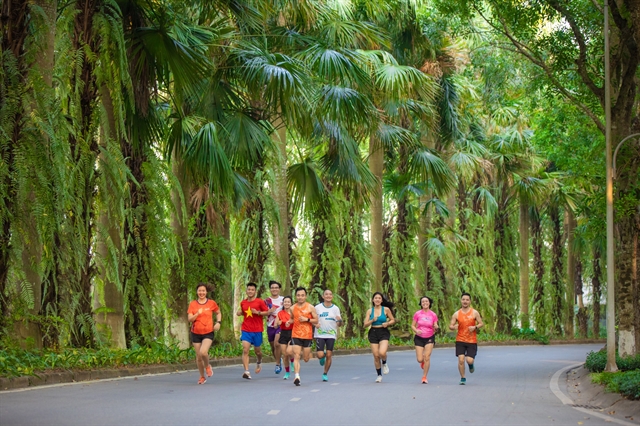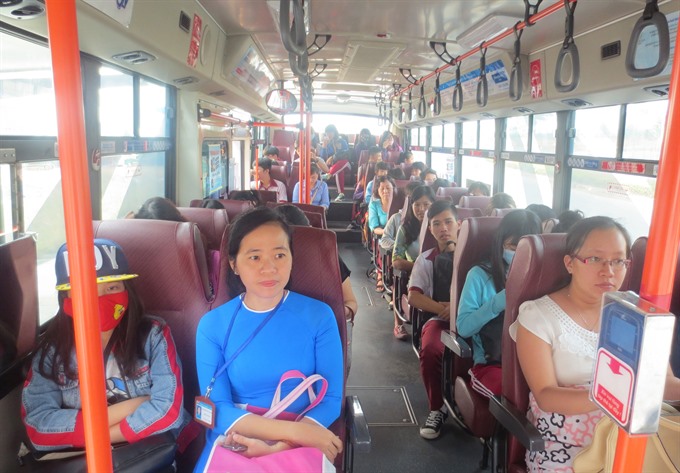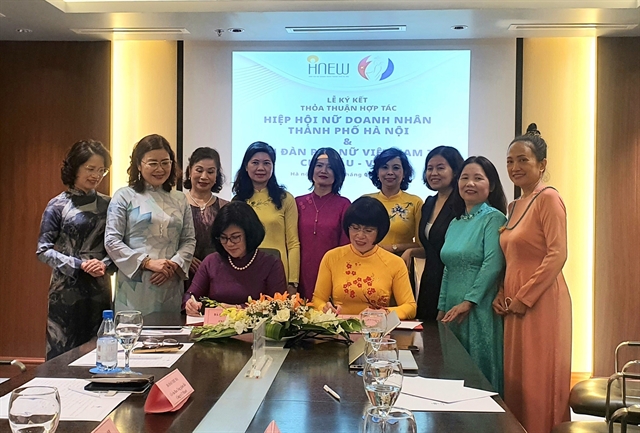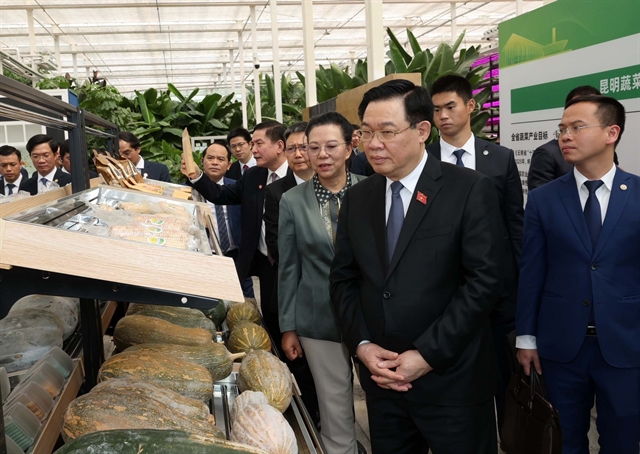 Society
Society

Bình Dương is the only province in the country with no poor or near-poor households based on the national multi-dimensional measure of poverty, according to the Ministry of Labour, Invalids and Social Affairs.
 |
| Passengers on the Kaze Shuttle – a form of public transport running between Bình Đương New City and Thủ Dầu Một City. — VNA/VNS Photo Huyền Trang |
HCM CITY — Bình Dương is the only province in the country with no poor or near-poor households based on the national multi-dimensional measure of poverty, according to the Ministry of Labour, Invalids and Social Affairs.
Its poverty threshold is higher than the national level in terms of income -- VNĐ1.2 million (US$52.6) in rural areas and VNĐ1.4 million ($61.3) in urban areas compared to VNĐ700,000 ($30.7) and VNĐ900,000 ($39.4), respectively.
Based on its standard, its poverty rate is 1.32 per cent and near-poverty rate is 0.97 per cent.
Its higher threshold is meant to help poor people get better access to basic services such as health, education, housing, water, sanitation and information.
Hà Minh Trung, deputy director of the province Department of Labor, Invalids and Social Affairs, said “Adopting the multi-dimensional poverty measurement method helps the province authorities identify exactly the needs of poor households to adopt suitable solutions.”
In recent years the province has rolled out several specific programmes targeting poverty, including providing loans, healthcare, education, social security, vocational training, housing support and job introduction.
It has allocated more than VNĐ500 billion ($22 million) for poverty reduction for 2016-20.
This has enabled it to subsidise vocational training and clean agricultural production, social insurance, school fees, and electricity bills.
Đào Văn Sang, a resident of Tân Uyên Town, said “In the past my family faced many difficulties and no money for economic activities.”
He was given a loan from the job creation programme and trained in chickens farming models, and now that helps him earn a monthly income of VNĐ20-30 million ($876-1,314), he said.
Đỗ Cẩm Tú, another poor person without any land in the same town, said he now earns VNĐ4-5 million ($175-219) a month after getting a loan from the Việt Nam Bank for Social Policies and joining the Tân Vĩnh Hiệp Safe Vegetable Co-operative to grow clean fruits and vegetables.
Sustainable poverty reduction
Trung said the province has efficiently implemented policies for sustainable poverty reduction.
“Depending on the budget of each locality, the province assesses and provides loans to households that used to be poor but recently escaped poverty to help them expand their businesses.”
Besides, the province regularly provides extension training in agriculture, forestry and fisheries and transfers technology to promote people’s awareness of building an independent and self-reliant economy, he said.
Bình Dương had a population of more than 1.8 million, including 14,662 poor households, when it separated from Sông Bé Province in 1997.
After 20 years of implementing poverty reduction policies, the province has helped more than 45,500 households climb out of poverty.
According to its Department of Labor, Invalids and Social Affairs, in the first six months of this year, VNĐ99.9 billion ($4.4 million) has been allocated for poverty reduction.
By the end of 2020, the province hopes to reduce the poverty rate by 1 per cent and have no near-poor households. — VNS









